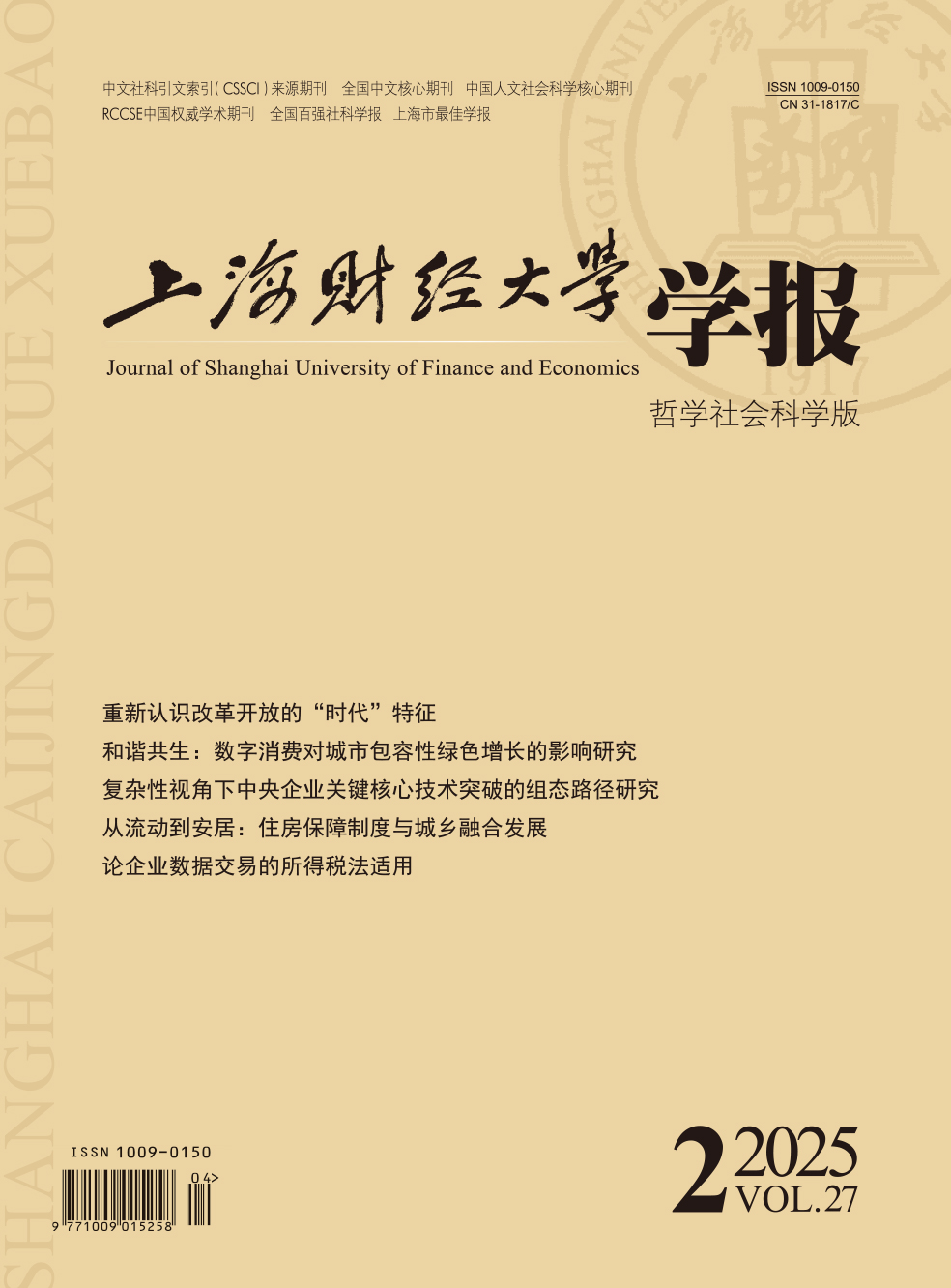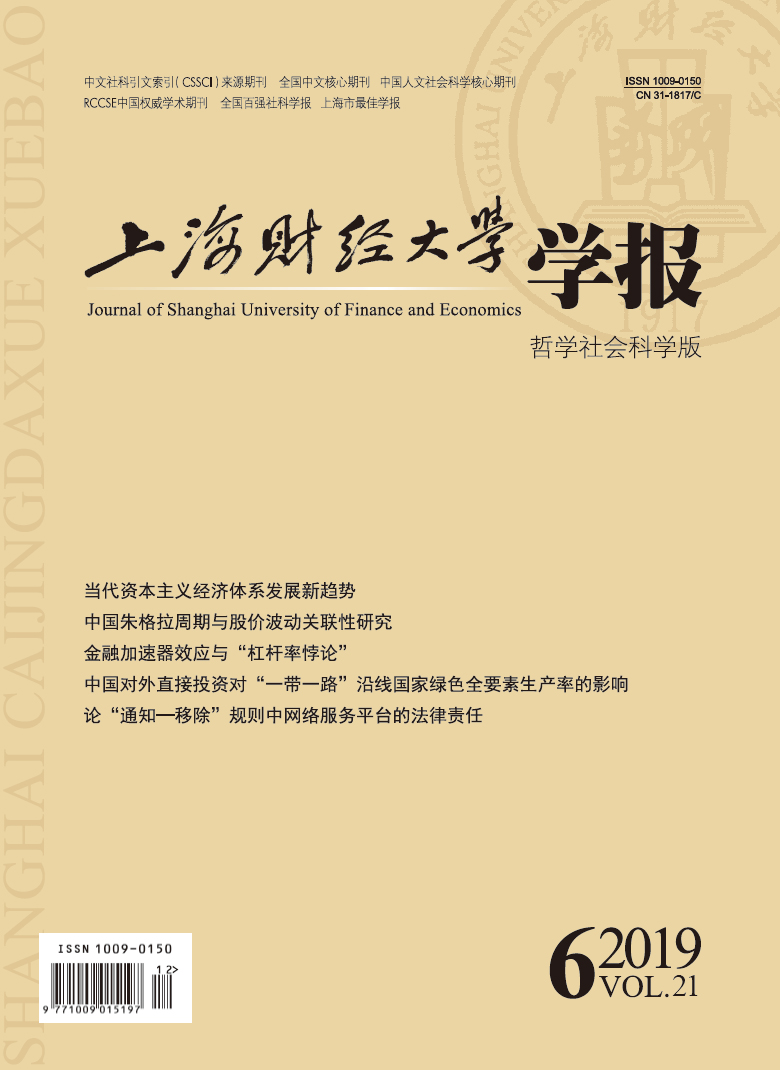The " Notice-Remove” rule stipulated in the E-commerce Law sets the network service platform(provider)as a mechanical remover, and the ability to respond to malicious notifications is weak, which seriously damages the legitimate rights and interests of the operators in the platform and disrupts the electronic market. In applying the " Notice-Remove” rule, it is necessary to give the network service platform appropriate responsibility. The lack of platform responsibility will amplify the deficiencies of the existing system, and it is difficult to protect the legitimate rights and interests of the relevant parties. The legal basis for giving the platform legal responsibility for " Notice-Remove” is: the theory of consistency of powers and responsibilities, balance of intellectual property interests, and fairness and justice. Clearly giving the platform responsibility can make up for the loopholes in the above system. However, although the " Notice-Remove” rule does not clearly define the platform liability, the principle of fault in the Tort Liability Law leaves space for its application: this principle can be applied to determine the responsibility of the platform without modifying the E-commerce Law; when deciding, whether the measures taken by the platform fulfill the duty of care in specific cases should be analyzed.
Corresponding to the method of determining the duty of care, the interpretation of " necessary measures” should be appropriately expanded, but the following three points need to be noted: Firstly, the platform does not have to remove to meet the requirement of " necessary measures”; Secondly, the " necessary measures” and the " transfer notice” are juxtaposed, and the possibility of interpreting " transfer notice” as " necessary measures” is excluded; Thirdly, seeking the advice of a third-party appraisal agency and requesting the parties to provide guarantees can be regarded as qualified " necessary measures”. In addition, the platform’s duty of care is not static, but the " degree of attention of good managers” should be used as a standard for case judgment. In this point, it can be measured from two dimensions: the depth of examination and the accuracy of judgment. The former requires the platform to actively review the notifications and take safeguard measures, such as seeking the opinions of third-party appraisal agencies, requiring operators in the platform to pay premiums, etc. The latter requires the platform to take active measures to deal with it.
There are three main factors to measure the duty of care. The first one is the type of intellectual property. Different types of intellectual property rights have different levels of complexity in infringement judgment. The higher the complexity is, the more biased the platform’s duty of care is to the procedure, and the correctness of the decision has little effect on whether or not it fulfills its duty of care; the lower the complexity is, the more biased it is towards the entity, and the correctness of the decision is directly related to whether it has fulfilled its duty of care. The second one is the integrity of notifications. The lower the integrity is, the more biased the platform’s duty of care is to the procedure. Even if the judgment is wrong, the standard of duty of care has been reached. The third one is the strength of the platform. The platform with great strength can not only review notifications in the form level, but also encourage it to improve the accuracy of judgment.





 4636
4636  5004
5004

